Tesla Model 3 running costs and reliability

Miles per pound (mpp) ⓘ
| Electric motors, home charging | 11.2 - 13.8 mpp |
|---|---|
| Electric motors, public charging | 6.0 - 7.5 mpp |
Fuel economy ⓘ
| Electric motors | 3.8 - 4.7 miles/kWh |
|---|
- Electric car efficiency is highly impressive
- Range and battery capacity are industry-leading
- The fastest charging EV in the world
How much is it going to cost to run?
How much the Model 3 costs to run depends very much on where you charge it, and your electricity tariff. Public charging for electric cars can be expensive, especially if you want to use the fastest charging technology available, and you don’t have an up-front subscription.
But at least with Tesla you’re blessed with unfettered access to the best charging network in the business.
Range and charging
The Model 3, like all Teslas, can charge at any public charging station or at any Tesla home destination or Supercharger. With a maximum range of between 344 and 421 miles (WLTP) for the Rear Wheel Drive and Long Range versions, the Model 3 can go anywhere, and it has access to Tesla’s vast network of more than 1000 Supercharger stations.
In terms of efficiency, we rate Tesla highly, and it’s been usefully improved for the 2024 models. Consistently we’ve seen Model 3s pretty much make the predicted range. Unlike with other electric cars, when you get in a Tesla and see the range at a certain number, there’s a real chance of you actually achieving the mileage.
For example, we recently covered 200 miles in the old Long Range model. At the end of the journey it had close to 150 miles left in the metaphorical tank – getting it very close to its WLTP range of 360 miles. The range changes in the cold however, as it does with all electric cars. An EV’s range will typically shrink by 20% in cold weather, and to help the Model 3 out, Tesla uses a Heat Pump.
Servicing and maintenance
Servicing intervals are dictated by the way the car is used, and scheduled via the Tesla mobile app. There are servicing plans available depending on how many miles you intend to cover, and astonishingly, Tesla says, ‘Your New Vehicle Limited Warranty or Used Vehicle Limited Warranty will not be affected if recommended service is not performed.’

Reliability
- Tesla has suffered some well publicised issues
- Quality and build of the Model 3 has improved
- US surveys haven’t been good for the Model 3
Tesla earned a bit of a chequered reputation in the past with some owners due to Model S and X systems and electrical issues. The fundamental reliability is proving to be good, as there are fewer moving parts than on a conventionally-engined car and electric motors are proven to work with a greater level of reliability than internal combustion engines.
But it’s worth saying that in the USA, Consumer Reports has reported numerous issues with the paint, trim and body hardware, which raises reliability questions. Early examples we’ve seen in the UK had less than perfect panel gaps and door alignment, and elements like the ‘frunk’ need a remarkably strong slam or two attempts to close, but these seem to have improved on the latest models.
But the build quality of the latest models certainly seems to have improved, with a higher standard of fit and finish as well as improved materials used. Tesla is making a huge investment in the UK, opening more regional service centres and increasing the capacity of its call centres – we look forward to seeing how effective these changes will be.
Ongoing running costs
| Road tax | £0 |
|---|---|
| Insurance group | 48 - 50 |
Get an insurance quote with

|
|



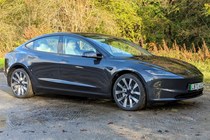
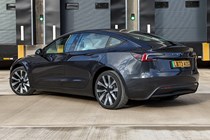
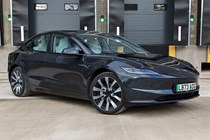
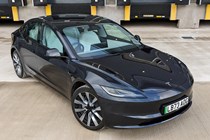
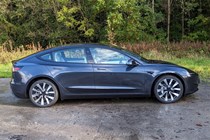
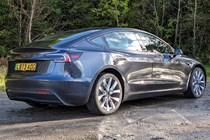



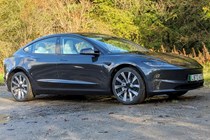
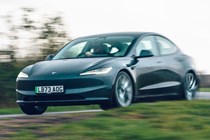




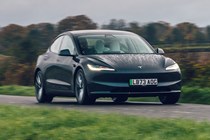



.jpg)
.jpg)
.jpg)
.jpg)
.jpg)
.jpg)
.jpg)
.jpg)

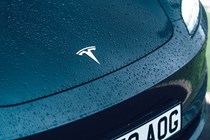


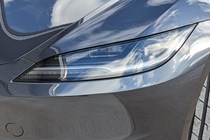
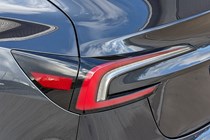








.jpg)
.jpg)
.jpg)
.jpg)









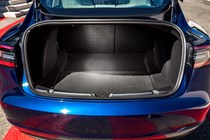

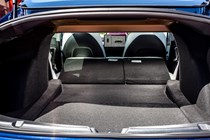
.jpg)
.jpg)
.jpg)
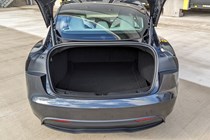






















.jpg?quality=50)
.jpg?quality=50)
.jpg?quality=50)
.jpg?quality=50)
.jpg?quality=50)
.jpg?quality=50)
.jpg?quality=50)
.jpg?quality=50)














.jpg?quality=50)
.jpg?quality=50)
.jpg?quality=50)
.jpg?quality=50)












.jpg?quality=50)
.jpg?quality=50)
.jpg?quality=50)
